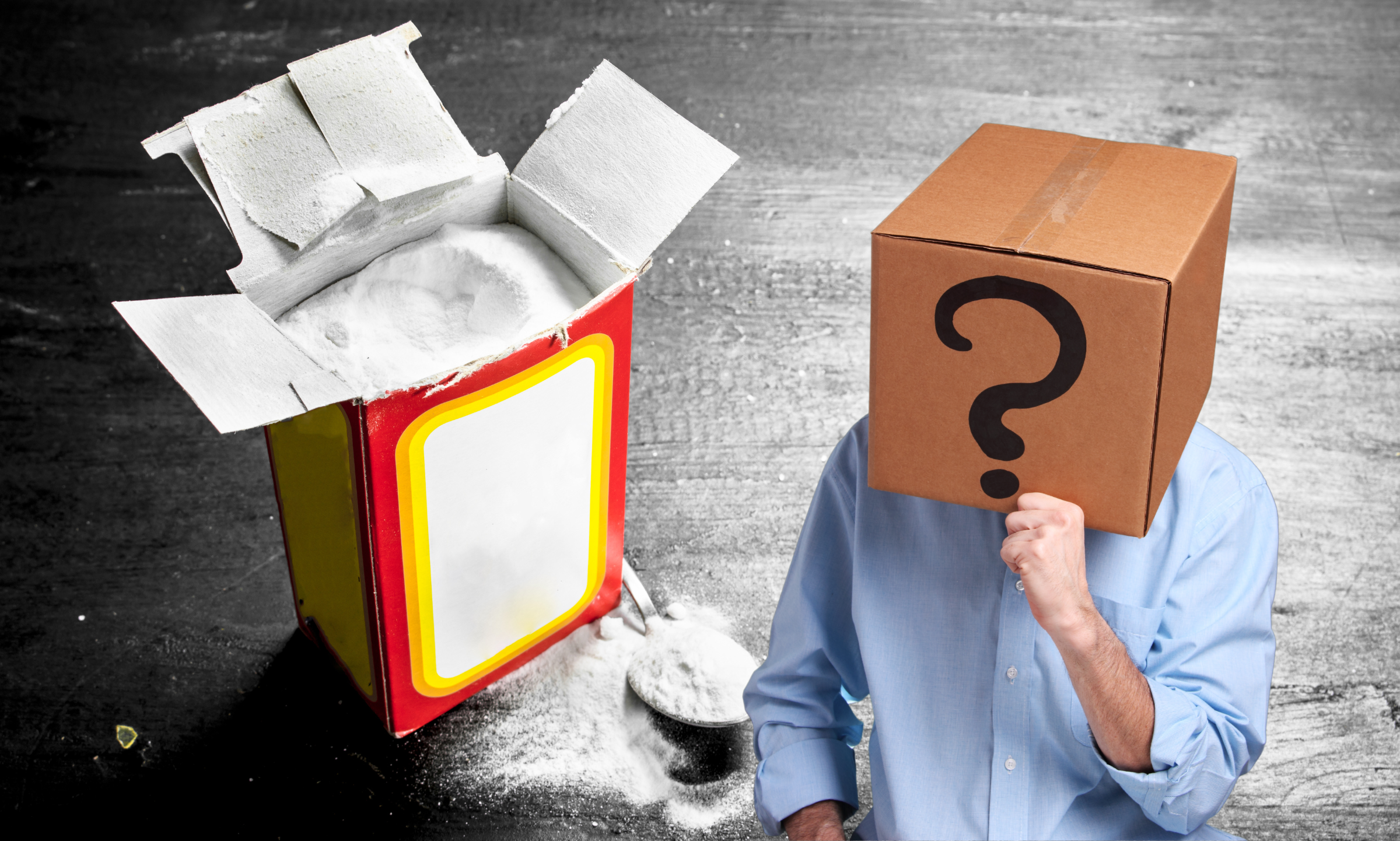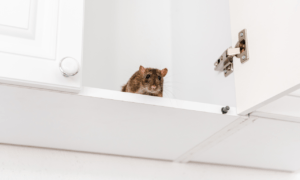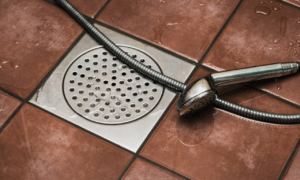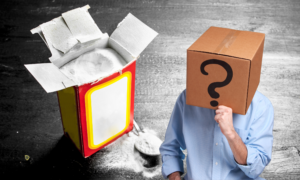Dynamics of Bleach and Baking Soda
Understanding the chemical properties and reactions of bleach and baking soda not only elucidates their efficacy in household chores but also highlights their broader applications in industries ranging from sanitation to food preparation, showcasing the fascinating interplay of chemistry in everyday life.
Chemical Properties of Bleach and Baking Soda
Bleach, a powerful disinfectant, primarily contains sodium hypochlorite, which breaks down into sodium ions and hypochlorous acid when dissolved in water. This acid is highly reactive and serves as an oxidizing agent.
On the other hand, baking soda, or sodium bicarbonate, is a mild alkaline compound. When mixed with water, it forms bicarbonate ions, which can neutralize acids. The chemical structure and properties of these two substances set the stage for a potentially volatile reaction when combined.
The Reaction Between Bleach and Baking Soda
Mixing bleach and baking soda together results in a chemical reaction that produces heat, oxygen, and water. The reaction can release chlorine gas, a toxic substance, if the mixture is exposed to certain conditions or if the concentration of bleach is high. This gas can be harmful when inhaled and may cause respiratory issues or irritation. Additionally, the reaction can lead to the formation of other harmful byproducts, such as chlorate ions and chloramines, which can pose health risks and environmental concerns.
Factors Influencing the Reaction
Several factors can influence the reaction between bleach and baking soda, including the concentration of bleach, the amount of baking soda used, and the temperature of the environment. Additionally, the presence of other substances or contaminants in the mixture can alter the reaction and potentially produce different byproducts.
Factors such as pH levels, exposure to sunlight, and the presence of impurities can also impact the reaction kinetics and the overall safety of the process. Understanding these factors is crucial for evaluating the risks associated with mixing bleach and baking soda and implementing appropriate safety measures.
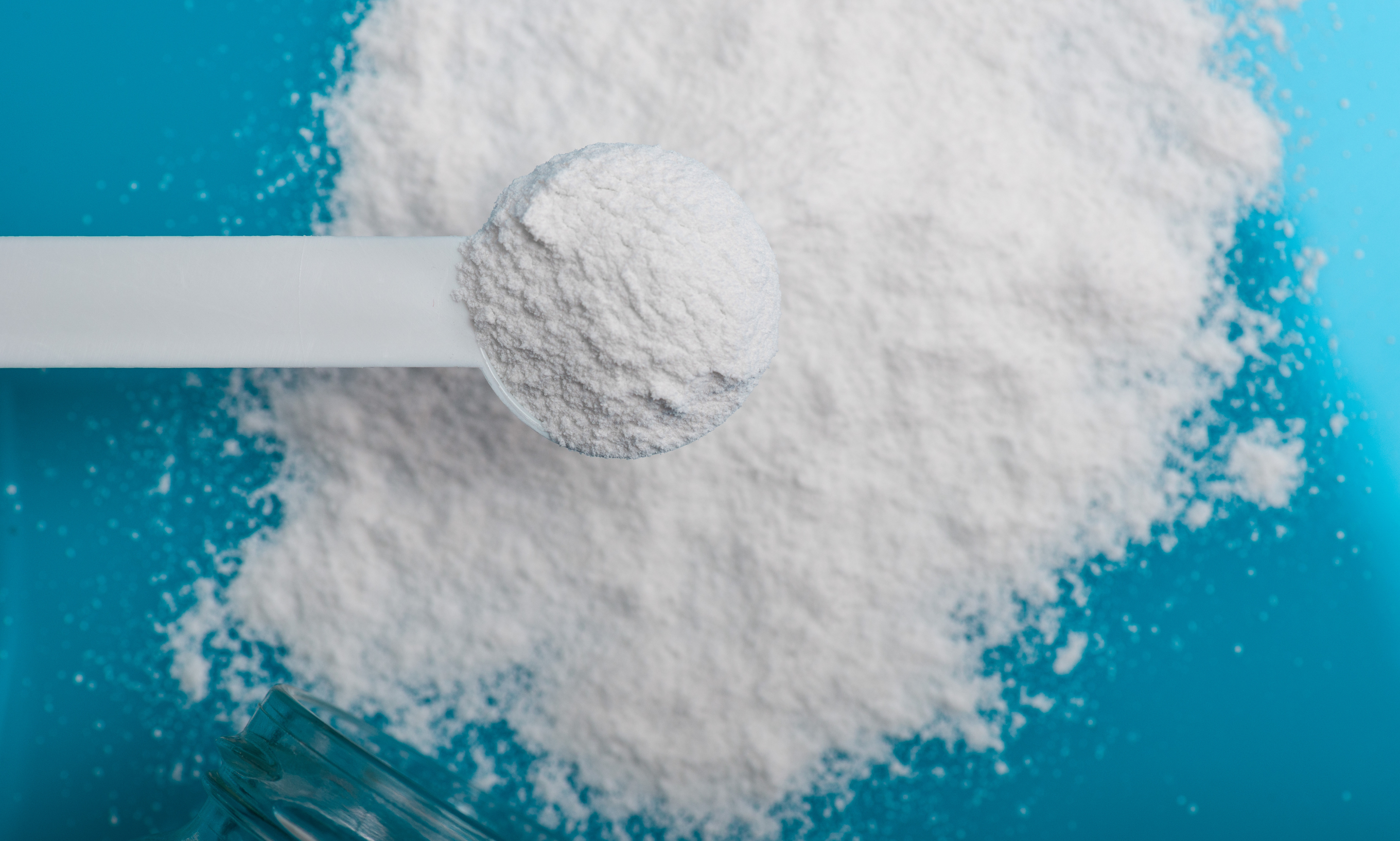
Risks and Dangers: Why Mixing Bleach and Baking Soda Could Be Harmful
Mixing bleach and baking soda can produce toxic chlorine gas, posing severe health risks. The chemical reaction releases harmful fumes that can cause respiratory distress, irritation to the eyes, nose, and throat, and, in extreme cases, even death. Additionally, the mixture can explode under certain conditions, leading to further dangers. It’s crucial to avoid combining these household cleaners and always follow safety guidelines to prevent accidental exposure to hazardous chemicals.
Production of Toxic Chlorine Gas
One of the primary risks associated with mixing bleach and baking soda is the potential production of chlorine gas. Chlorine gas is highly toxic and can cause symptoms such as coughing, chest pain, nausea, and difficulty breathing. In severe cases, exposure to chlorine gas can lead to lung damage or respiratory failure.
The release of chlorine gas can occur when bleach reacts with the sodium bicarbonate in baking soda, leading to the formation of hypochlorite ions and carbon dioxide. This reaction can be accelerated by heat, agitation, or exposure to acidic substances, increasing the risk of gas release and inhalation.
Formation of Harmful Byproducts
In addition to chlorine gas, mixing bleach and baking soda can produce other harmful byproducts, such as chlorate ions and chloramines. These substances can irritate the skin, eyes, and respiratory tract and may pose health risks, especially for individuals with asthma or other respiratory conditions. Chlorate ions are formed when bleach oxidizes chloride ions present in the baking soda solution, while chloramines are produced through the reaction between hypochlorite ions and ammonia compounds. Both chlorate ions and chloramines are highly reactive and can cause tissue damage and inflammation upon contact.
Environmental Impact
The chemical reaction between bleach and baking soda can also have adverse effects on the environment. Chlorine gas and other byproducts released into the air can contribute to air pollution and harm ecosystems. Additionally, if the mixture is disposed of improperly, it can contaminate soil and water sources, posing risks to wildlife and human health.
The release of chlorine gas can also lead to the formation of secondary pollutants such as ozone and nitrous oxides, further exacerbating environmental issues. Therefore, it is essential to minimize the use of bleach and baking soda and adopt alternative cleaning methods that are safer and more sustainable.
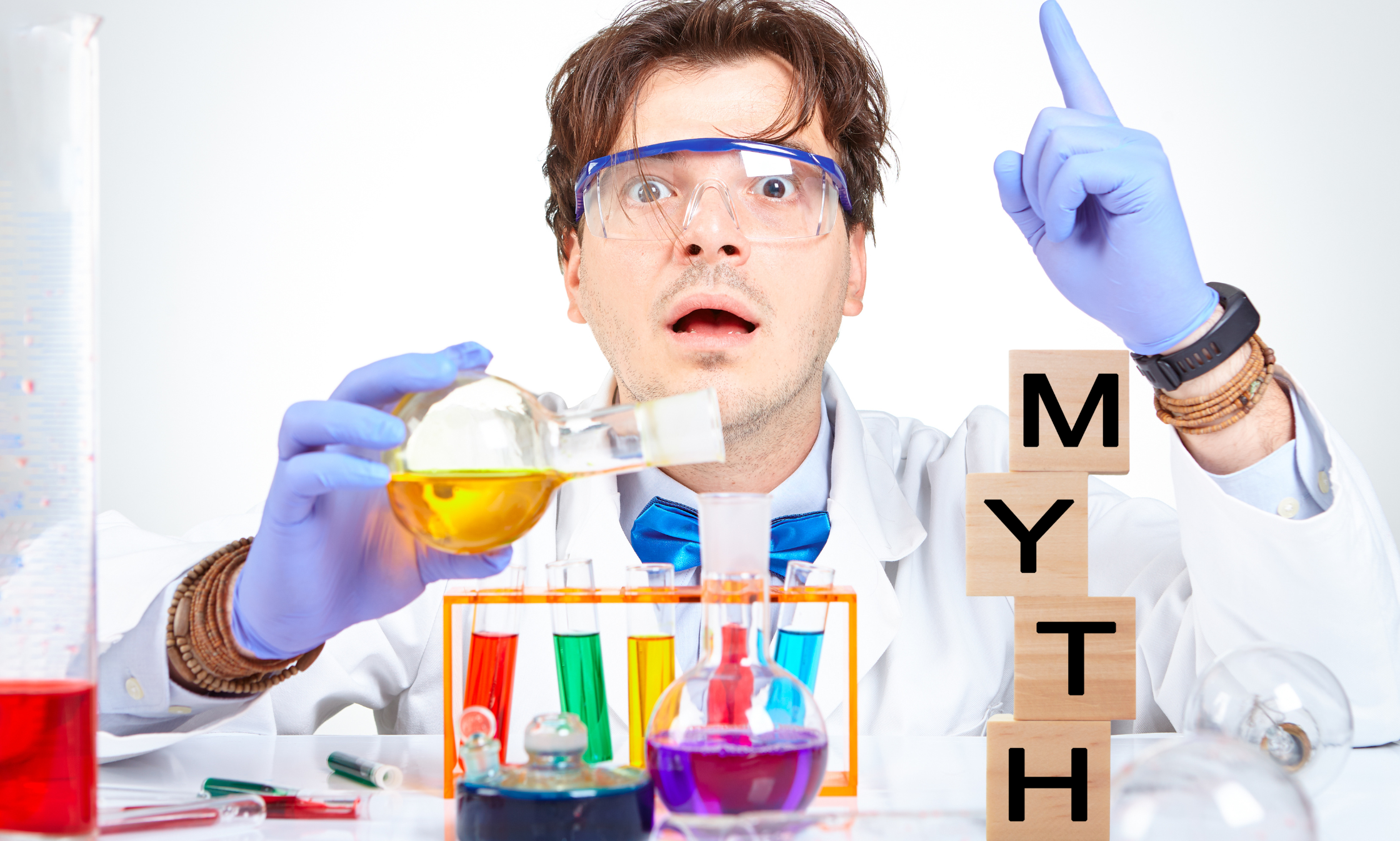
Common Myths Debunked
Contrary to popular belief, mixing bleach and baking soda doesn’t create a powerful cleaning agent. Instead, they neutralize each other’s effectiveness. Bleach, a strong oxidizing agent, reacts with baking soda, a weak acid, producing mostly salt and water. This reaction doesn’t enhance cleaning power but rather diminishes it. It’s important to rely on scientifically proven methods for effective cleaning rather than myths.
Myth: Bleach and Baking Soda Create a Powerful Cleaning Solution
While bleach and baking soda are both effective cleaning agents on their own, mixing them together does not create a more potent cleaning solution. In fact, combining these two substances can be dangerous and may result in the production of toxic gases. Bleach is a powerful oxidizing agent that can break down organic compounds and kill bacteria and viruses, while baking soda can help neutralize acids and deodorize surfaces.
However, the combination of bleach and baking soda can lead to chemical reactions that reduce the effectiveness of both substances and produce harmful byproducts. Therefore, it is best to use bleach and baking soda separately for cleaning purposes and avoid mixing them together.
Myth: Bleach and Baking Soda Can Safely Disinfect Surfaces
While bleach is known for its disinfecting properties, mixing it with baking soda can compromise its effectiveness and produce harmful byproducts. It’s essential to follow proper cleaning protocols and use bleach and baking soda separately to ensure thorough disinfection without risking health hazards. Bleach works by releasing hypochlorous acid, which can penetrate the cell walls of bacteria and viruses and disrupt their metabolic processes.
However, this process can be inhibited by the presence of other chemicals, such as those found in baking soda. Additionally, the formation of chlorine gas can reduce the concentration of hypochlorous acid in the solution, further limiting its disinfectant properties. Therefore, it is essential to use bleach according to the manufacturer’s instructions and avoid mixing it with other substances that may interfere with its efficacy.
Myth: Bleach and Baking Soda Can Be Used to Unclog Drains
Some people believe that mixing bleach and baking soda can help unclog drains by creating a foaming reaction. However, this method is ineffective and can damage pipes or create safety hazards due to the release of chlorine gas. It’s best to use safer alternatives for drain cleaning, such as enzymatic cleaners or mechanical methods.
Enzymatic cleaners contain enzymes that break down organic matter, such as food particles and grease, without producing harmful byproducts. These cleaners are safe for use in drains and septic systems and can help prevent clogs and odors. Mechanical methods, such as using a plunger or drain snake, are also effective for removing blockages and are less likely to cause damage to pipes or pose health risks.

Best Practices: How to Properly Handle Bleach and Baking Soda for Effective Cleaning Without Compromising Safety
Proper handling of bleach and baking soda is essential for effective cleaning without compromising safety. Key practices include never mixing bleach with other chemicals, diluting it appropriately, and ensuring proper ventilation. Baking soda serves as a gentle cleaner and deodorizer. Safe storage away from children and pets is crucial. We’ll delve deeper into each aspect in the following subheadings.
Use Bleach and Baking Soda Separately
To avoid the risks associated with mixing both, it’s essential to use these substances separately for cleaning purposes. Follow the instructions on the product labels and dilute bleach as recommended to ensure safe and effective use. When using baking soda, dissolve it in water to create a paste or solution that can be applied to surfaces or used as a scrubbing agent. By using bleach and baking soda separately, you can maximize their cleaning effectiveness without risking chemical reactions or harmful byproducts.
Ventilate the Area
When using bleach for cleaning, ensure adequate ventilation by opening windows and doors or using exhaust fans. This helps to minimize exposure to fumes and reduces the risk of respiratory irritation or other health issues.
If possible, wear a mask or respirator to further protect yourself from inhaling bleach fumes. Additionally, avoid mixing bleach with other cleaning agents or chemicals, as this can increase the release of toxic gases and pose additional health risks. Proper ventilation is essential for ensuring a safe and healthy indoor environment while using bleach for cleaning and disinfection.
Wear Protective Gear
When handling bleach or other harsh cleaning chemicals, wear protective gear such as gloves and goggles to protect your skin and eyes from contact. Avoid inhaling fumes by wearing a mask or working in a well-ventilated area. If you accidentally spill bleach or come into contact with it, rinse the affected area thoroughly with water and seek medical attention if necessary.
Additionally, wash your hands thoroughly after handling bleach to remove any residue and prevent skin irritation. By wearing protective gear and practicing good hygiene, you can minimize the risks associated with handling bleach and ensure a safe and effective cleaning experience.

Safe Alternatives: Exploring Safer Cleaning Solutions Without the Risk of Chemical Reactions
This section delves into non-toxic cleaning options, mitigating hazards posed by chemical reactions. It promotes eco-friendly and biodegradable alternatives, reducing environmental impacts and health risks. By prioritizing safety and sustainability, this approach fosters healthier living spaces without compromising cleanliness or efficacy.
Vinegar and Baking Soda
Vinegar and baking soda can be combined to create a foaming reaction that helps loosen dirt and grime. This mixture is non-toxic and safe to use on various surfaces, including countertops, sinks, and tiles. However, it’s essential to avoid mixing vinegar with bleach, as this can produce harmful chlorine gas. Vinegar is a mild acid that can help dissolve mineral deposits and grease, while baking soda acts as a gentle abrasive that can help scrub away stains and odors. Together, these two ingredients can provide effective cleaning without the risk of chemical reactions or harmful byproducts.
Hydrogen Peroxide
Hydrogen peroxide is an effective disinfectant that can be used safely on its own or in combination with other cleaning agents. It is non-toxic and breaks down into oxygen and water, making it environmentally friendly. Hydrogen peroxide can be used to disinfect surfaces, whiten laundry, and remove stains without posing health risks. Unlike bleach, hydrogen peroxide does not produce toxic byproducts or release harmful fumes, making it a safer alternative for cleaning and disinfection. Additionally, hydrogen peroxide is effective against a wide range of microorganisms, including bacteria, viruses, and fungi, making it an ideal choice for maintaining a clean and healthy environment.
Commercial Eco-Friendly Cleaners
There are many commercial, eco-friendly cleaners available on the market that are formulated to be safe and effective. These cleaners often use plant-based ingredients and natural enzymes to clean and disinfect surfaces without the use of harsh chemicals. They are a convenient and environmentally friendly alternative to traditional cleaning products. Eco-friendly cleaners are free from toxic ingredients such as bleach, ammonia, and phosphates, making them safer for use around children and pets. Additionally, these cleaners are biodegradable and do not contribute to air or water pollution, making them a sustainable choice for environmentally conscious consumers. By choosing eco-friendly cleaners, you can protect your health and the environment while maintaining a clean and hygienic home.

Conclusion:
In conclusion, bleach and baking soda are common household cleaners. However, mixing them can be dangerous. The reaction can produce toxic gases like chlorine. These gases can irritate the skin, eyes, and respiratory system. It’s important to understand these risks. Use bleach and baking soda separately for cleaning. Consider safer alternatives like vinegar or hydrogen peroxide. Always ensure proper ventilation when handling bleach. Wear protective gear to minimize exposure to harmful chemicals. By following these practices, you can maintain a clean home while prioritizing safety.

